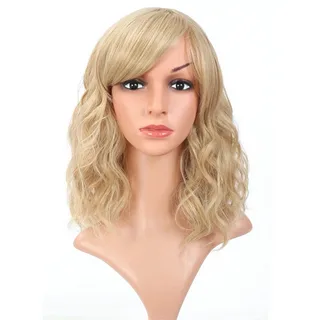In Aotearoa New Zealand, hair has long been more than just a personal style statement. For Māori and Pasifika communities, it carries deep cultural meaning, spiritual value, and identity. As fashion evolves and modern hair solutions become more accessible, wigs have taken on a unique cultural role. Understanding the cultural significance of wigs nz in Māori and Pasifika communities reveals a rich narrative of heritage, resilience, and adaptation.
Hair as Identity in Māori and Pasifika Cultures
In both Māori and Pasifika traditions, hair is closely tied to mana (prestige, authority, spiritual power). For Māori, hair is considered tapu (sacred), especially the head. In many Pasifika cultures, hair care rituals mark important transitions in life, such as coming-of-age ceremonies or mourning periods. Changes to hair are not merely cosmetic—they reflect deeper spiritual and social shifts.
Because of this, the use of wigs, hairpieces, or extensions is not just about fashion—it becomes a way to maintain or express cultural identity, particularly when natural hair is lost due to illness or other challenges.
Modern Usage: Wigs as Cultural Tools
In modern New Zealand, the availability and variety of wigs have expanded significantly. Wigs are used in performance arts, traditional ceremonies, and everyday life, allowing individuals to express themselves while honouring cultural roots. This is especially true for performers in kapa haka groups, Pacific dance ensembles, or cultural festivals, where wigs are often used to reflect traditional hairstyles that would otherwise take hours to create.
The growing market for wigs NZ has also led to more culturally sensitive designs, including textures and styles that resonate with Māori and Pasifika hair types. Wigs provide a bridge between contemporary style and ancestral heritage, especially for younger generations who wish to connect with their culture in a modern context.
Wigs and Wellbeing: A Symbol of Strength
Hair loss due to medical conditions like cancer or alopecia can be especially traumatic in communities where hair is symbolic of one’s strength and status. Here, the cultural significance of wigs NZ in Māori and Pasifika communities becomes deeply personal. Wigs offer not just aesthetic value, but emotional healing and dignity.
In response, organisations and community groups have emerged across New Zealand to offer culturally appropriate wig options and support for those going through health-related hair loss. These services are often embedded within a framework of cultural respect, involving whānau (family) and community support networks.
Representation and Accessibility
As awareness grows, there is a call for more representation in New Zealand’s hair and beauty industries. The lack of diversity in wig styles historically alienated many Māori and Pasifika consumers. However, recent years have seen a positive shift, with local businesses and online retailers focusing more on inclusive designs.
These initiatives are key to fully appreciating the cultural significance of wigs NZ in Māori and Pasifika communities, ensuring that these items are more than just fashion accessories—they are cultural affirmations.
Conclusion
From sacred traditions to contemporary expressions of identity, wigs hold an important place in the cultural landscape of Māori and Pasifika communities in New Zealand. Whether used in performance, ceremony, or personal healing, the cultural significance of wigs NZ in Māori and Pasifika communities is a reflection of deep-rooted values, evolving needs, and the enduring importance of hair as a marker of culture and identity.


